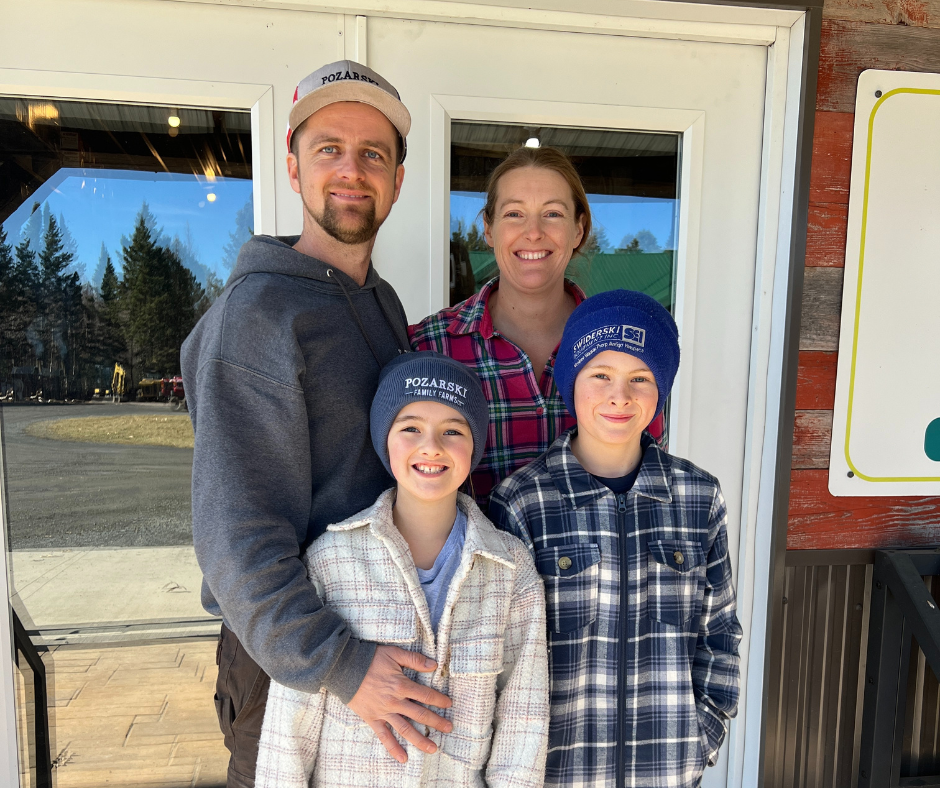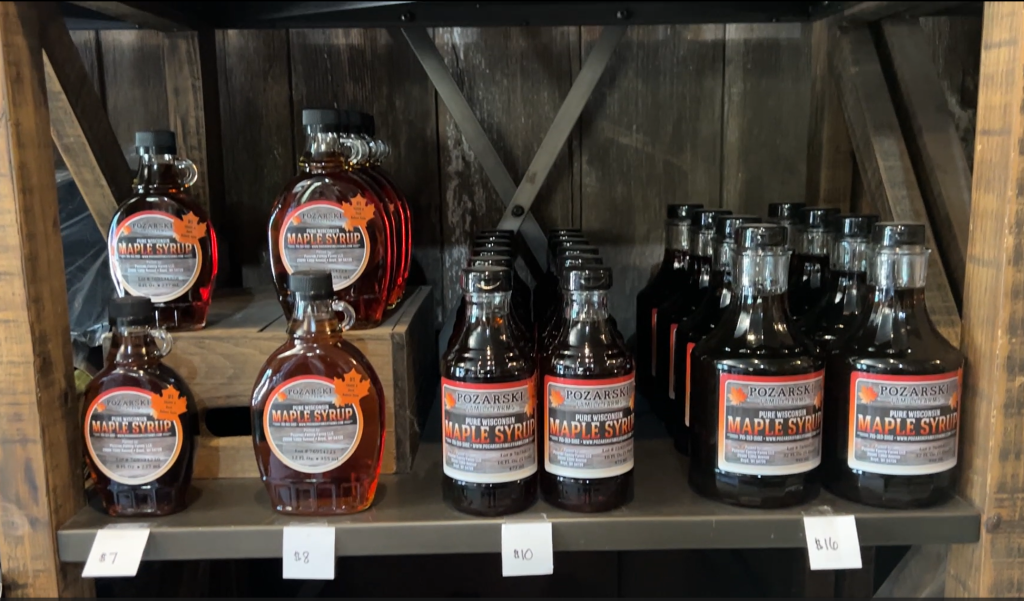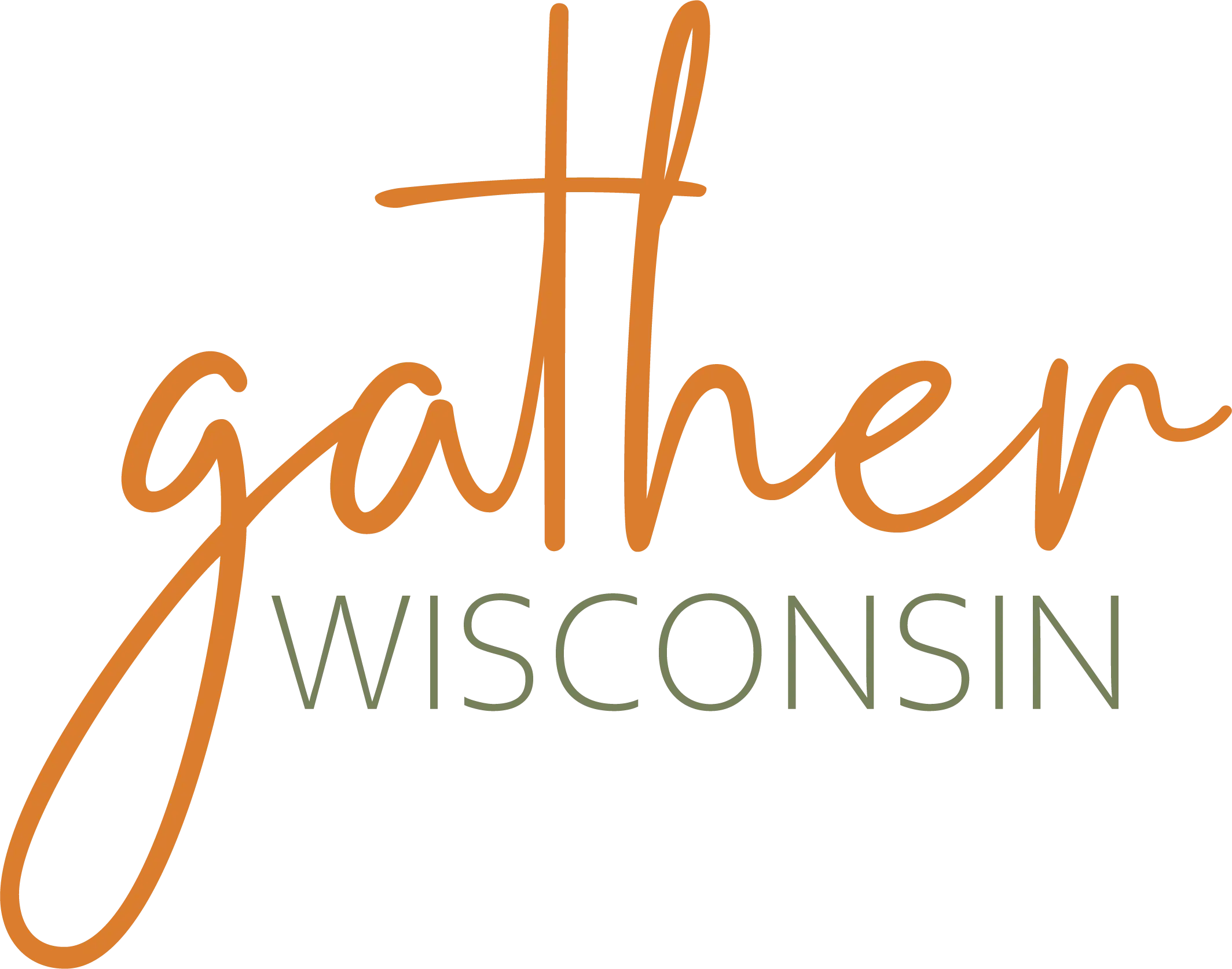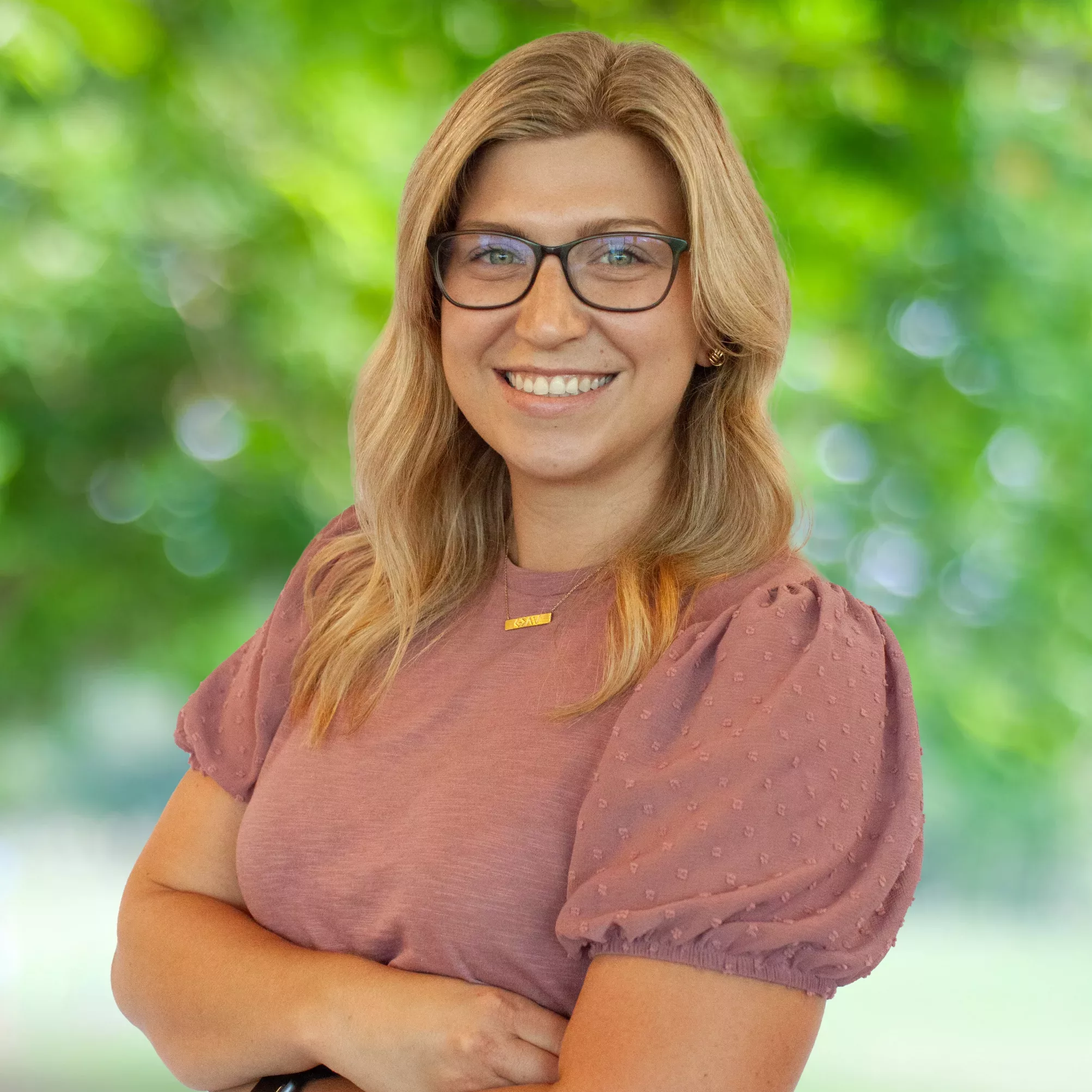Did you know that maple syrup is the first harvested crop of the agricultural season?

According to the Wisconsin Maple Syrup Producers Association, more than one million trees are tapped in Wisconsin every year. Explore sustainability in maple syrup with Pozarski Family Farms.
Blake Pozarski owns and operates Pozarski Family Farms along with his wife, Jessica, and two kids, Wyatt and Finley. The family collects sap for maple syrup production in addition to raising crops and selling seed for food plots and other hunting supplies.
Blake started collecting sap in 2012. The first year, he collected about 100 gallons of sap. He tapped 1,550 trees the following year and collected 13,000 gallons of sap. Today, the Pozarski family runs 3,000 taps within a mile radius of their farm.
When does syrup season begin?
Maple season typically begins in March. Sap flow depends on the freeze/thaw cycle. Ideal conditions for harvesting sap are when temperatures are below freezing at night and well above freezing during the day. Sap collection began earlier than normal this year due to unseasonably warm temperatures in February. The season usually runs through March depending on the weather.
How much sap goes into a gallon of maple syrup?

On an average year, Blake will collect about 1,100 gallons of sap. It takes approximately 40 gallons of sap to make one gallon of maple syrup.
How is sap converted into syrup?
The Pozarskis use reverse osmosis to efficiently convert their sap into maple syrup. It reduces the overall processing time using a high-pressure pump that removes the water from the sap before processing.
How is Wisconsin maple syrup sustainable?
At Pozarski Family Farms, sustainability means making ends meet today and leaving it for their kids if they want it. They believe that when you take care of the land, it will take care of you.
“Everything I do is more for my kids’ future than anything else,” said Blake. “We have to make ends meet but the big picture is leaving it for our kids and building something for them.”
Blake and Jessica involve their kids in the family business. The kids run their own taps and sell it to their parents to learn the value of a dollar and the business of maple syrup production.
Sugarmakers work together to share tips and tricks that can help another farmer improve and meet their goals. Pozarski Family Farms sells supplies to help other people start tapping their own trees to make their own maple syrup and are happy to share what they have learned along the way.
Sustainability in maple syrup production means being good stewards of the land. Forests are managed sustainably to ensure the trees can be tapped for decades to come.
“If you take care of the land, it will take care of you,” shared Blake.
Maple trees provide habitat for wildlife throughout the year, supporting ecosystem biodiversity. The trees also absorb carbon dioxide, making maple syrup a sustainable, low carbon sweetener.
Leaders of the Land® highlights Wisconsin farmers who are moving agriculture forward through their commitment to sustainability.

